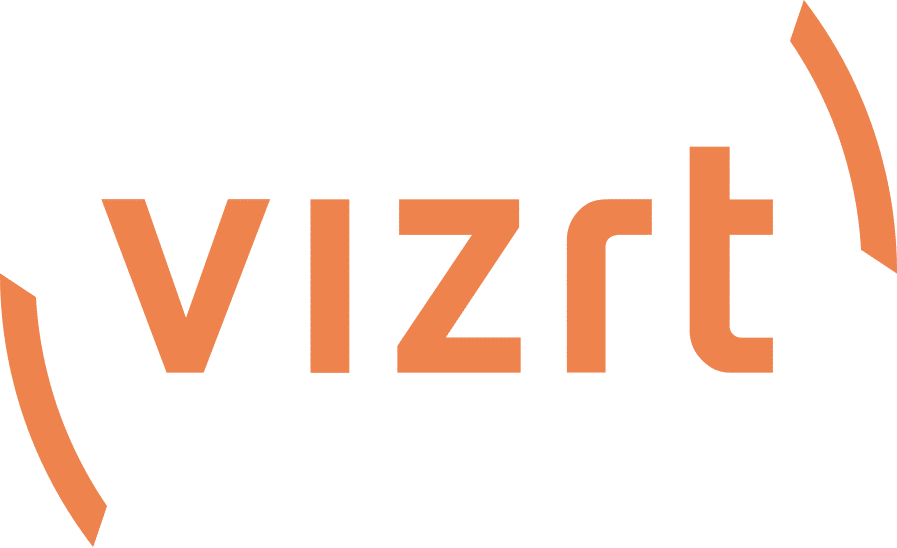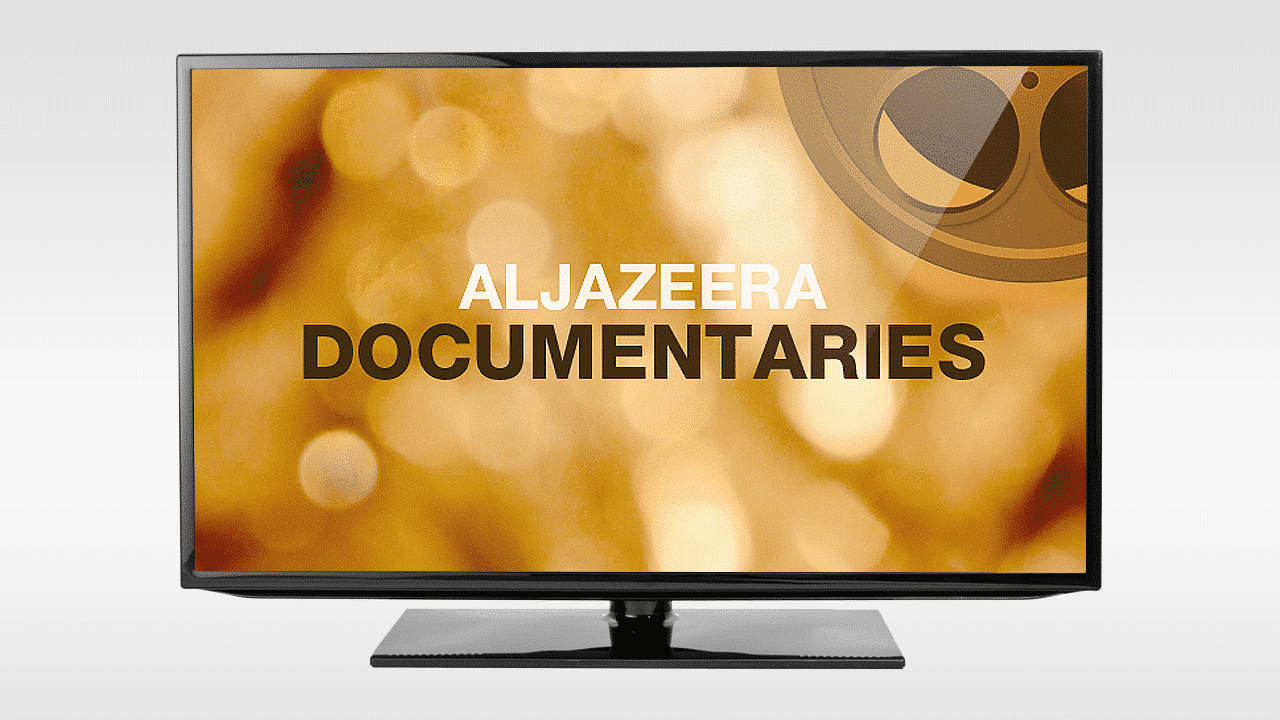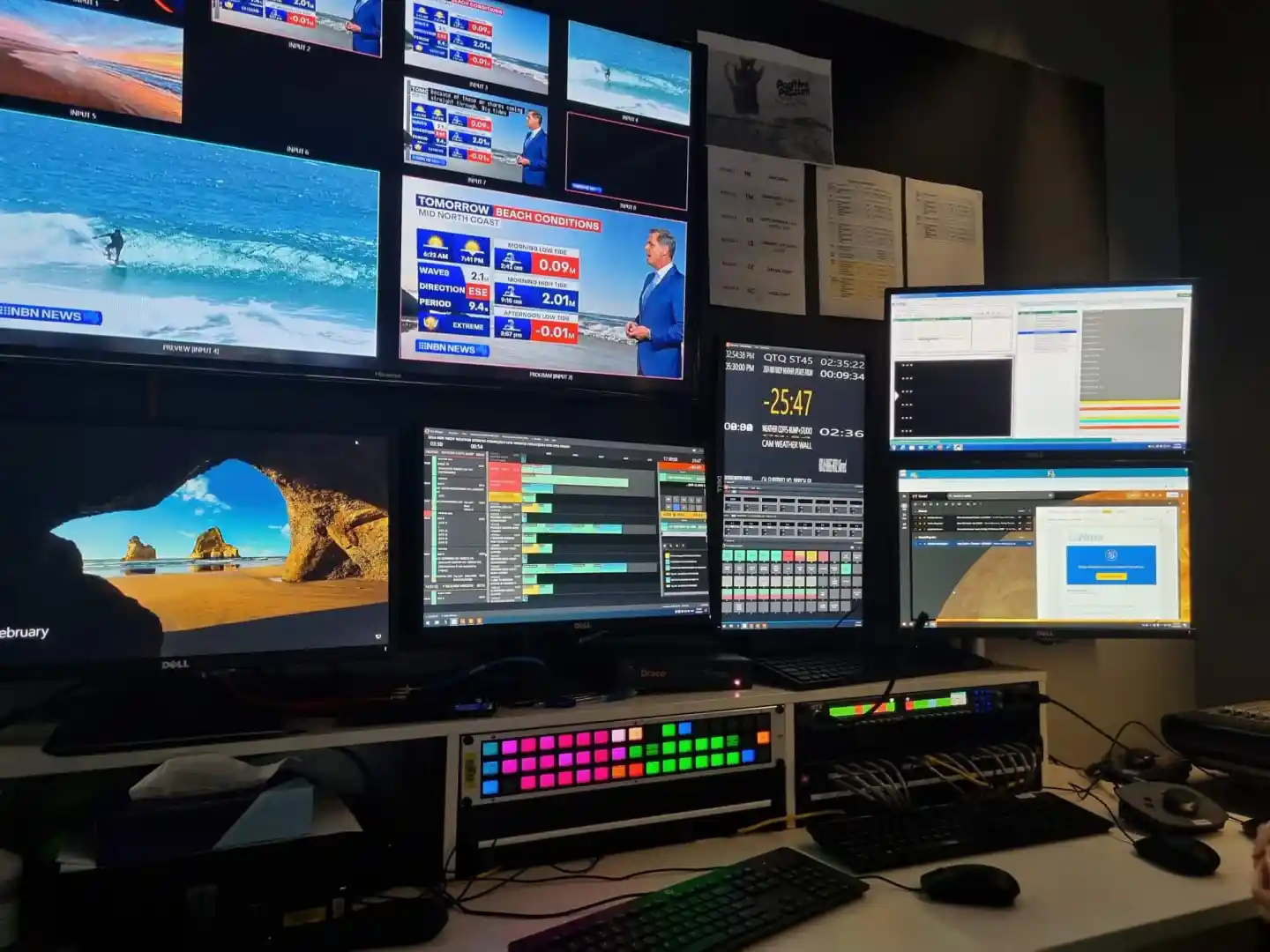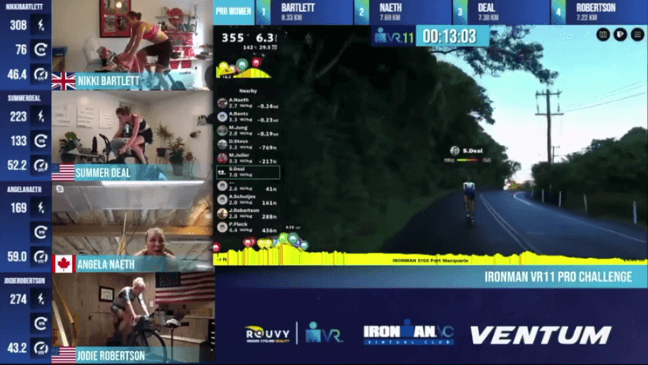Originally published by BroadcastPro ME
An all-new central transmission area in Al Jazeera’s Doha headquarters is under construction to facilitate the playout operations for all channels under Al Jazeera Media Network (AJMN). This is part of a larger upgrade, the Al Jazeera Workplace Transformation Project. One of the key upgrades in this project has been a revamp of the Al Jazeera Documentary channel, which has launched on April 1, 2016.
The Al Jazeera Documentary channel used conventional technology to broadcast, and outmoded methods of production and distribution put severe editorial constraints on the production team. The quality of experience for the audience needed to be the best, according to Feras Al Suliti, Director of Al Jazeera Network Operations, who led the delivery of the project.Al Suliti heads a division of 750 staff delivering output in Arabic and English across the globe, as well as bureaux and broadcast centres in Washington DC and London. He also leads the operational change management programme for transformation, centralisation, restructuring and integration of network operations, to centralise all network operations for AJMN channels.
“Since the Al Jazeera Documentary channel was based on a legacy system which was operating at the end of its lifecycle, its output could have been a risk. We had the choice to accept these risks or take steps to replace the systems rather than spend time and money in maintaining them. With the support and direction of our Executive Director Mohamed Abuagla and Robert Sveb – Director Global Technology Services at Al Jazeera Media Network, we decided to go for the latter option which was feasible,” says Al Suliti.
The central transmission is now fully HD capable, giving AJMN the ability to broadcast content in high definition, thereby enhancing viewer experience. In addition, viewers will notice a change in the look and feel of the channel as well as a completely new programming menu.
The documentary channel has been migrated to new editing, scheduling, media management, content delivery, playout and channel branding technologies. The channel is now managed remotely via Al Jazeera Global Media Cloud (AGMC) connectivity between Doha and London.
“The AGMC fibre connectivity provides a highly efficient and reliable performance”, says Al Suliti.
The transmission and scheduling systems in London are remotely operated by staff in Doha; the transmission operators interface with playout equipment in London using workstations, as if the systems were located in a regular CAR in Doha.
“Although this is an interim solution ahead of the move onto AJWT systems, the equipment and workflows are in line with the future technology roll-out, giving the network the opportunity to prepare staff and learn more of the changes ahead. AGMC also gives us the ability to control technologies located in the various broadcast centres. This is a giant leap forward in operational capability for Al Jazeera, specifically in terms of playout control,” adds Al Suliti.
At this stage of the implementation, the documentary channel will continue to use the existing Contracts Acquisitions and Documentation (CAD) system for contract and rights management processes, and the Tape Library System (TLS) for tape management and archiving tasks. All of these will eventually be updated when the AJWT handover takes place.
“In addition, preparations for moving to HD has been underway for some time now”, says Al Suliti. “With the upgrade, the playout and distribution can be carried out in native HD.”
Al Jazeera Documentary is based on the Avid Media Composer edit suites for programmes and Avid Creative Cloud for promos. MediaGenix What’s On provides the scheduling system.
A key aspect of the revamp has been the media management system, which is based on solutions from Isilon, Arvato and Harmonic’s Carbon Coder between the Doha and London hubs.
The playout system comprises the Pebble Beach Marina for automated playout, Omneon playout servers, Vizrt ‘s Viz Multichannel for automated channel branding, Grass Valley Imagestore 750 for source switching and Grass Valley iControl for broadcast chain management.
The channel’s 1,600 hours of content need a robust archiving system. On average, the channel acquires 500 hours of content yearly, of which 135 hours are commissioned, and the remaining content is produced in-house. An Oracle DIVArchive has been deployed in London to manage the channel’s storage and can be accessed from the Doha headquarters.
The workflow
The material to be transmitted is prepared in HD in Doha and sent to the London VPMS (Video Production Management System) MAM system, where content is assigned to a MediaGenix generated MediaID. Doha scheduling staff log into the MediaGenix What’sOn system in London using their workstations in Doha.
From the VPMS, Pebble Beach Marina brings the content required for transmission and stores it on the Omneon servers for playout. Furthermore, the operators can manually push content to the transmission servers (from VPMS to Omneon) to ensure it is ready for its scheduled transmission.
Al Jazeera Documentary has implemented Viz Multichannel for HD at the London broadcast centre. Viz Multichannel offers an automated channel branding workflow for specific promo content. By referencing secondary events applied to the Marina playlist by What’sOn, Multichannel-generated promo end boards, coming up as graphic templates, have specific data inserted at the point of transmission, reducing the traffic flow between systems and streamlining production efficiencies.
Viz Multichannel is integrated with Mediagenix What’s On for schedule management and the Pebble Beach Marina automation system for triggering playout. The Vizrt system reads information automatically from the schedule to dynamically populate the graphics with content, which are rendered in real time on the Viz Engine.
“Viz Multichannel was used to control the full range of branding elements, such as ‘Now/Next/Later’, channel bugs, info graphics, menu boards and social media tags, also to do multi-day promos which was previously not possible, and also now make last-minute changes since the branding elements are now generated in real time,” Al Suliti says.
The project uses much of the same technology planned for the Centralised Transmission Control Room concept of Al Jazeera’s Workplace Transformation project, in order to gain valuable experience with the systems. Content is ingested onto the Isilon via Doha edit, with the Carbon Coder creating a low-res copy for editorial validation.
Final exported programmes pass through DMZ NAS, which security-checks media before it arrives on the broadcast systems, after which Carbon Coder creates AVC Intra 100 for transmission. Carbon Coder also performs a comparative QC to ensure there is no quality loss during the transcode process.
The Media Manager reviews the QC reports generated by Carbon Coder. When it has passed QC, the operator uses Carbon Coder to push the content to London MAM (Arvato VPMS), where Baton performs an additional technical QC against pre-defined parameters on arrival.
The Media Manager in Doha then reviews the report generated by Baton remotely. If a clip fails QC in Baton, it will automatically read as technically rejected in VPMS and the system will prevent it from being sent to Pebble Beach for transmission.
When the clip has passed QC in Baton, it can be assigned to a MediaGeniX ingest request in VPMS.
The ingest request contains schedule-relevant metadata, including the media ID, which the scheduler will use to position it as an event on a transmission playlist.
For long-form programmes, the validation department reviews content editorially and marks segmentation points in VPMS using the Production Client. The Production Client in VPMS then generates a ‘cut list’ containing the segmentation metadata, which is sent to MediaGeniX What’sOn to facilitate accurate scheduling.
The archivist in Doha manually sends the transmission-approved media to DIVA using VPMS. The transmission-ready content is thereafter kept on DIVA archives in London.
When the transmission playlist is ready in MediaGeniX, the scheduler publishes the file to a specific watchfolder. The Transmission Controller in Doha then accesses the Pebble Beach system in London remotely and downloads the schedule onto the Marina playlist. He checks the playlist for timing errors and content availability, and also makes sure the Arabic text for the Viz Multichannel templates is accurate for channel branding.
There is no need to manually push clips from the MAM (VPMS) to the transmission servers. For any missing media, Marina sends a request to the MAM and pulls the content onto the Omneon servers automatically. The media on the Omneon servers is managed automatically, with the Marina Delete processor deleting clips seven days after the last time they appear on the transmission schedule.
When satisfied that the playlist in Marina is fully prepared, Doha advises London that the playlist check has been completed and is clear for them to take control of the channel output.
“From a playout perspective, the system has been designed to be as resilient as possible,” comments Al Suliti. “Essentially, rather than having two broadcast chains, we have two fully populated channels running in tandem. In the event of a breakdown on the main channel, the operator has the ability to fall over to the back-up channel via Grass Valley iControl, with no visual impact noticeable to the viewer at home.
“Pebble Beach Marina controls the downstream keyers on the IS-750 for Viz Multichannel graphics, as per the MediaGeniX schedule. Using GPI, Marina opens the keyers for the duration of the graphic events. Ian Davies, Regional Manager at Vizrt’s Middle East headquarters, explains: “Al Jazeera made it very clear that they wanted this system to be set up in a similar way to what is planned for their Central TX facility in Doha, albeit on a smaller scale.
“The systems are very flexible, so this project gave all of us good experience in using the systems in this way before the larger roll-out takes place in Doha. Because the equipment was already owned by Al Jazeera, we avoided the lengthy procurement cycles, which helped us greatly with the tight timeframe on this project.”
The reconfiguration of the Vizrt equipment and commissioning of the system was handled by Vizrt’s teams in London and Dubai, in close coordination with Al Jazeera’s local staff and their project management team in Doha.
The training
At the start of the project, MediaGeniX visited Doha to capture outstanding workflow requirements through a week of end user workshops. In addition, the scheduling staff undertook full training of the MediaGenix What’sOn system, followed by a week of on-site vendor support during system configuration.
The AJ staff in London was provided with training on the Pebble Beach Marina automation system, but the Doha staff achieved operational understanding of the system by referencing the in-house knowledge base acquired during the studio three project, which has the same playout infrastructure.
For Media Management (VPMS), Al Jazeera staff were trained by in-house super users who have established a deep understanding of the system from their experience working on other projects during the network-wide system upgrade.
The challenges
“The biggest challenge was achieving the required connectivity between the two broadcast centres via AGMC,” says Al Suhiti.
“In addition, establishing user groups and attaining the required logins for all users took longer than originally anticipated.
“The automated channel branding workflow required the configuration of hard-coded rules in the scheduling system. The configuration of the rules was not difficult, but the business requirements for each branding use case were difficult to nail down.
“Although frustrating at times, positives can be drawn from that particular experience as our teams understand the process ahead of the AJWT roll out. Eventually, AJD will be part of the final AJWT delivery,” he explains.
Going forward, the main challenge will be redefining the strategies and the deliverables of the network‘s operating model, creating an international standard for AJMN operations.







